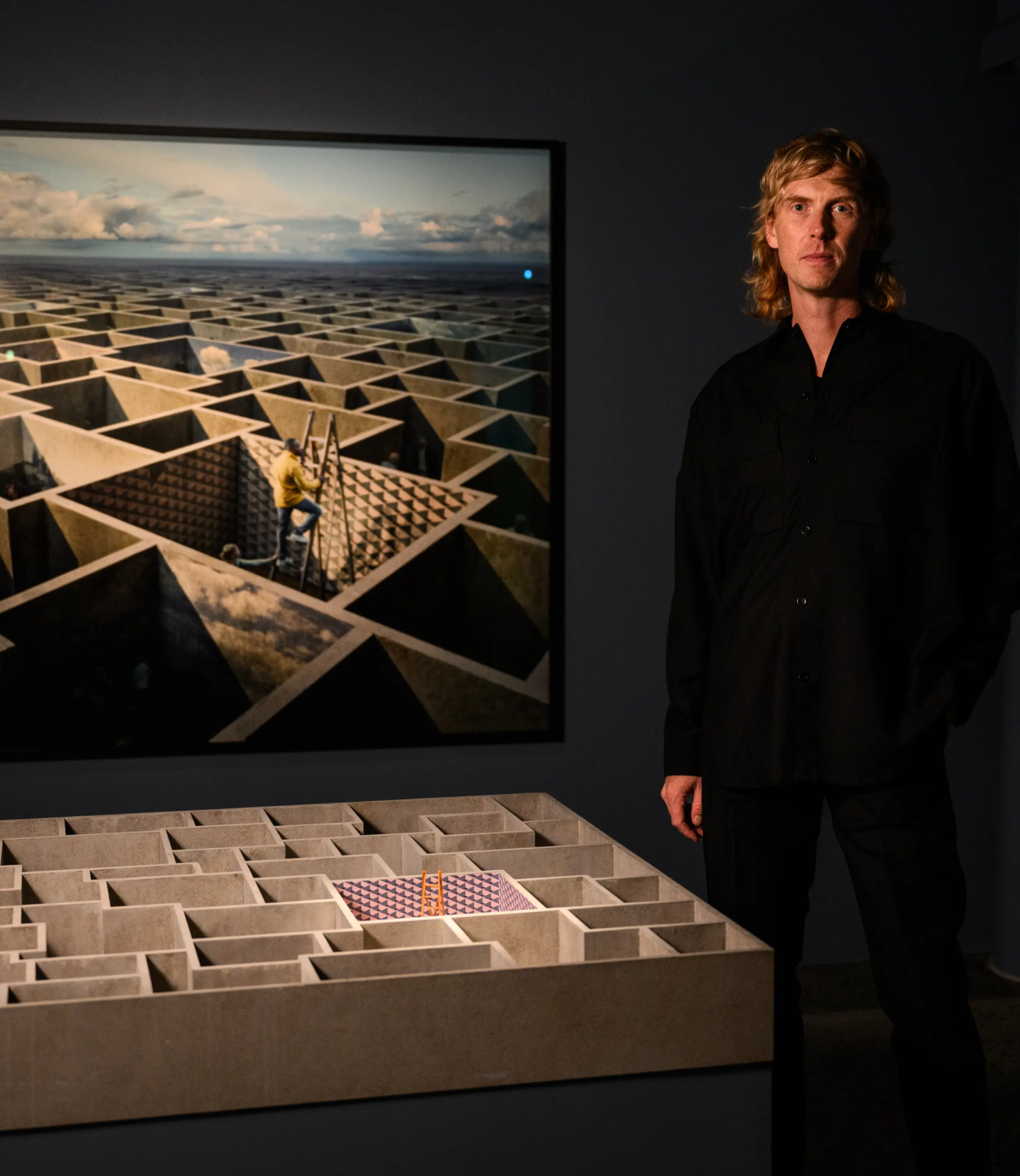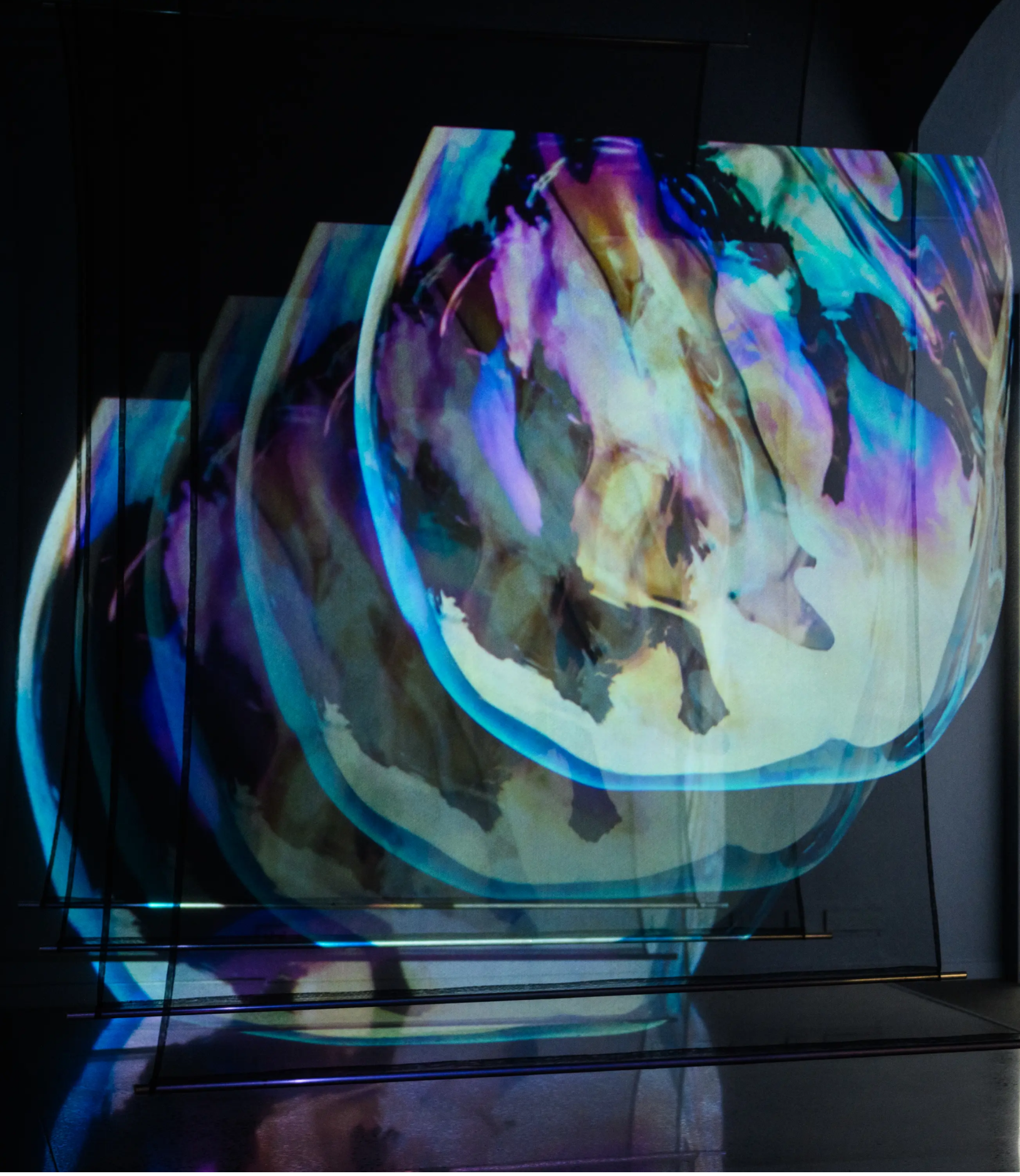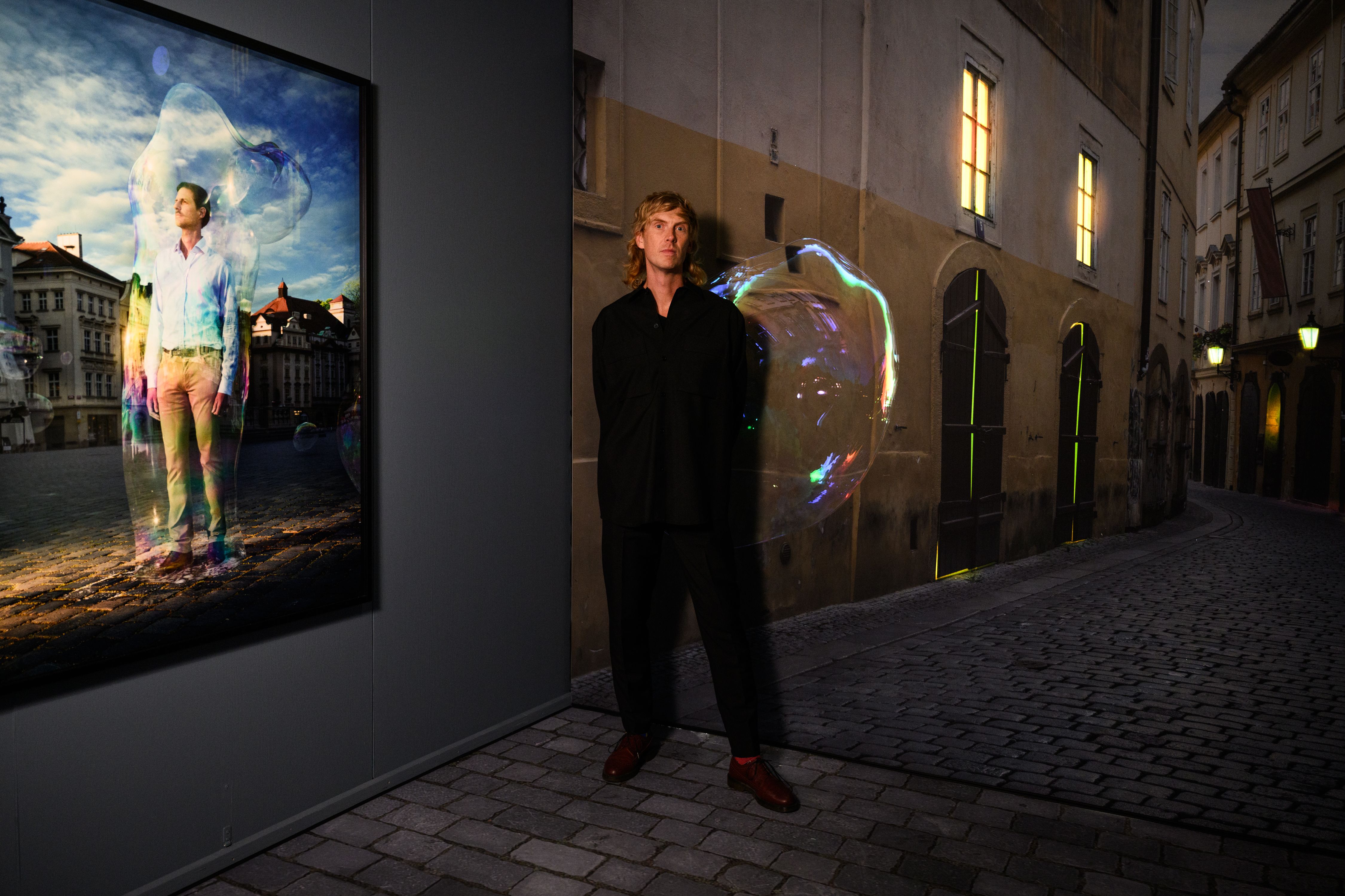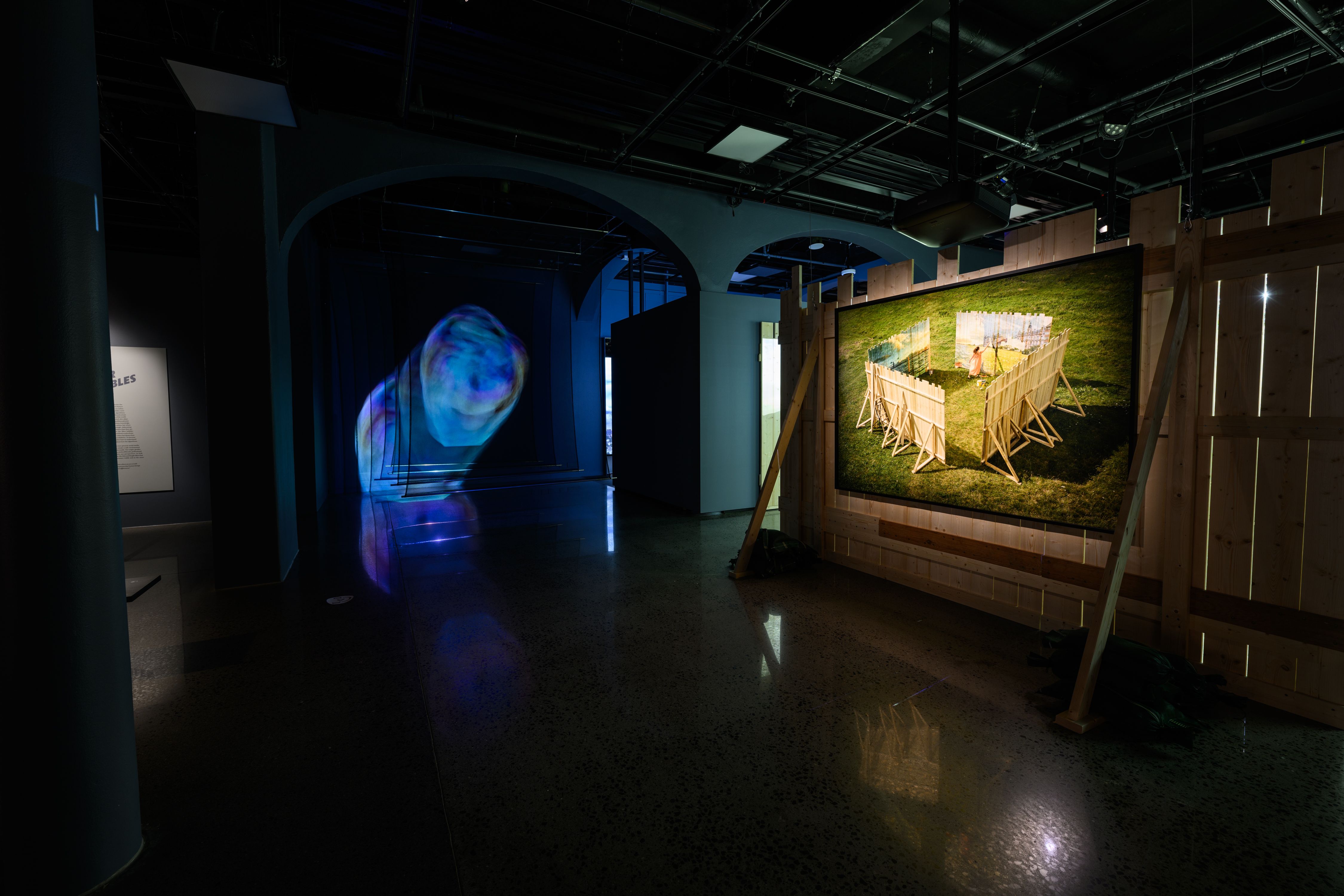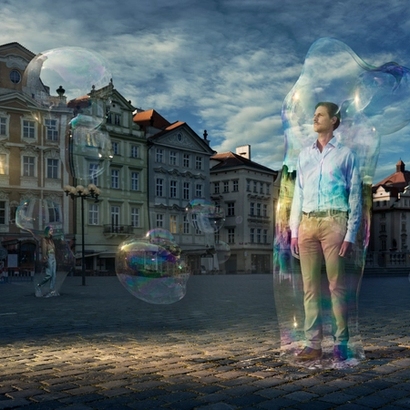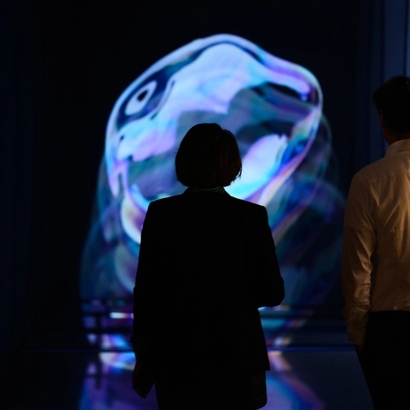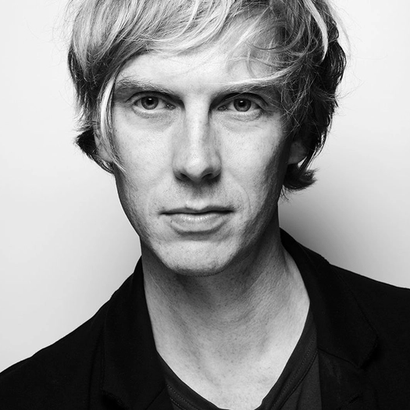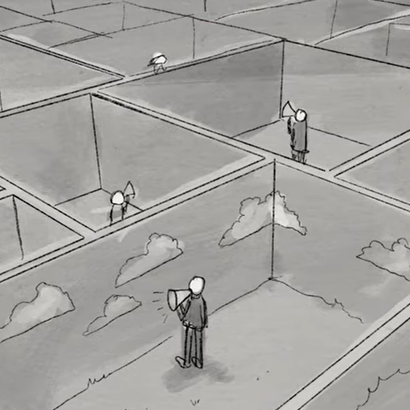To capture an idea
“I want to inspire people and convey an idea. I want people to feel that the world isn't always the way you think it is and that you can see it in different ways.”
How would you describe yourself as an artist?
I want to inspire people and convey an idea. I want people to realize that the world may not always be what they think it is and that they can see it in different ways.
What do you think the Norwegian audience should know about Erik Johansson?
I've always had a feeling that I need to express myself visually. I've always enjoyed drawing and painting, but I've never been good enough to do it in a realistic way. When I got my first digital camera, I found a way to capture these impossible, weird ideas in my head and manage to express them in a visual way.
What is photography to you?
Photography is about capturing a moment, but for me it's more about trying to capture an idea. It's often about how to capture something that doesn't exist, but make it look like it does. A big part of whyI work with photography is because it is the best way we have to depict reality. I want the places I create to feel like they exist, even if they're composed of elements that are impossible to capture on camera.
So, you're trying to create something that's more real than reality?
In a way, yes. What is reality, what are we used to seeing around us? That's one thing, but the world of ideas we have in our minds is something completely different. I try to build a bridge between what we imagine and what we see in front of us. It's about trying to capture the impossible, but in a realistic way.
How do you go about doing that?
I capture all the parts I need with my camera, and then I put it all together digitally. A lot of it is about problem solving, both technically and creatively, and finding ways to capture as much as possible with the camera and make it feel like it exists.
How many images does a finished image consist of?
An image can consist of many different parts, but it's not about having as many parts as possible, it's about finding a way to capture the impossible. Sometimes it's building a real scene in front of the camera, and sometimes it's about merging different parts. It's the idea itself that determines how complicated the process is.
How did this exhibition come about?
The exhibition is about themes that I often work with, such as comfort zones, daring to take a step into the unknown, or how we are trapped in our own worlds. In this exhibition, we worked together with Fotografiska to develop this idea. We wanted to do something on a relevant topic that touches people. After that, I worked on several concepts on the theme of Echo Chamber. The biggest challenge was to find a limitation because there are so many different ways to work with this concept. The biggest challenge was to capture the three perspectives in the three images.
Can you tell us about the image “The Echo Chamber”?
I wanted it to look like a big landscape of different rooms that really exist, so I designed and built a one square meter model with different room shapes together with a model maker in Prague. I photographed this model from different angles, rotated it and then combined it into a large landscape full of rooms. I wanted to create the feeling that we're not just trapped in this hopeless filter bubble, or in different echo chambers, but that if we take a step back, or in this case climb up the ladder and look out over the other chambers, we can gain perspective and realize that we exist in these different spaces. There is hope in how we are disconnected from each other.
How did the image “Filter Bubbles” come about?
I've used many practical problem-solving approaches to capture the images in this exhibition. For Filter Bubbles, I worked with a professional bubble blower.The best way to capture this man in a bubble, was to have him physically inside a bubble, so that's what we did. Bubbles are complicated, they reflect their surroundings, so it was important to photograph the man in a similar location to the place in the image so that the reflections would blend with the surroundings.
What does the image “Painting a World of Our Own” tell us?
It's about how we create worlds for ourselves and how we paint worlds that we want to see. We choose the people we follow on social media, we choose the filter bubbles that create what we see around us, and we choose not to see things. I wanted not just to capture a person painting a world, but a changing world. We change as people and then we also change what we see. We paint a world, but it's a changing world.
How can your images and your art convey this theme in a new way?
I am trying to put the spotlight on the theme in a new perspective. Not to document it, but rather to think about the concept and convey it in my own way with the manipulated images. Manipulation is a relevant topic today; how can you trust anything at all when the whole world is manipulated? Using it as a means of expression to highlight the concept is interesting.
The exhibition is more than just pictures. What feeling do you want to create?
One idea with the exhibition was not just to present pictures on the walls, I wanted to create a feeling that the pictures come out into the room, that the viewer can enter the exhibition, and be a part of it. Many of the props that I have used in creating the images are used in the exhibition, so that you feel that you are part of the images.
What do you want us to feel when we're in there?
I hope that you feel inspired above all, but also that you can reflect on your own filter bubble and the world we live in. Perhaps even dare to take a step back and see what limitations and what part you yourself are in this puzzle.
Are you worried that people will think that your images are AI-generated?
AI is a new tool that exists and that we can'tget rid of. It's a tool that I think a lot of people will use in creative ways, but it's also going to be used to mislead and make people not trust what they see. I don't use AI in my images because I want them to feel real, even in an unreal way. I want to capture real elements to create something that doesn't exist. For me, it's all about the process. From photographing something to a finished imageis a very creative process. I want to have full control over every detail and capture the idea in my mind. That's important to me.
What do you want to achieve with your art?
That's a big question. I create images that I have an urge to create. There is a creative force in me. I get inspired from my surroundings and my experiences. I want to inspire people to see that things can be different from what they think they are, but also that they feel inspired to dare to take a step into the unknown.
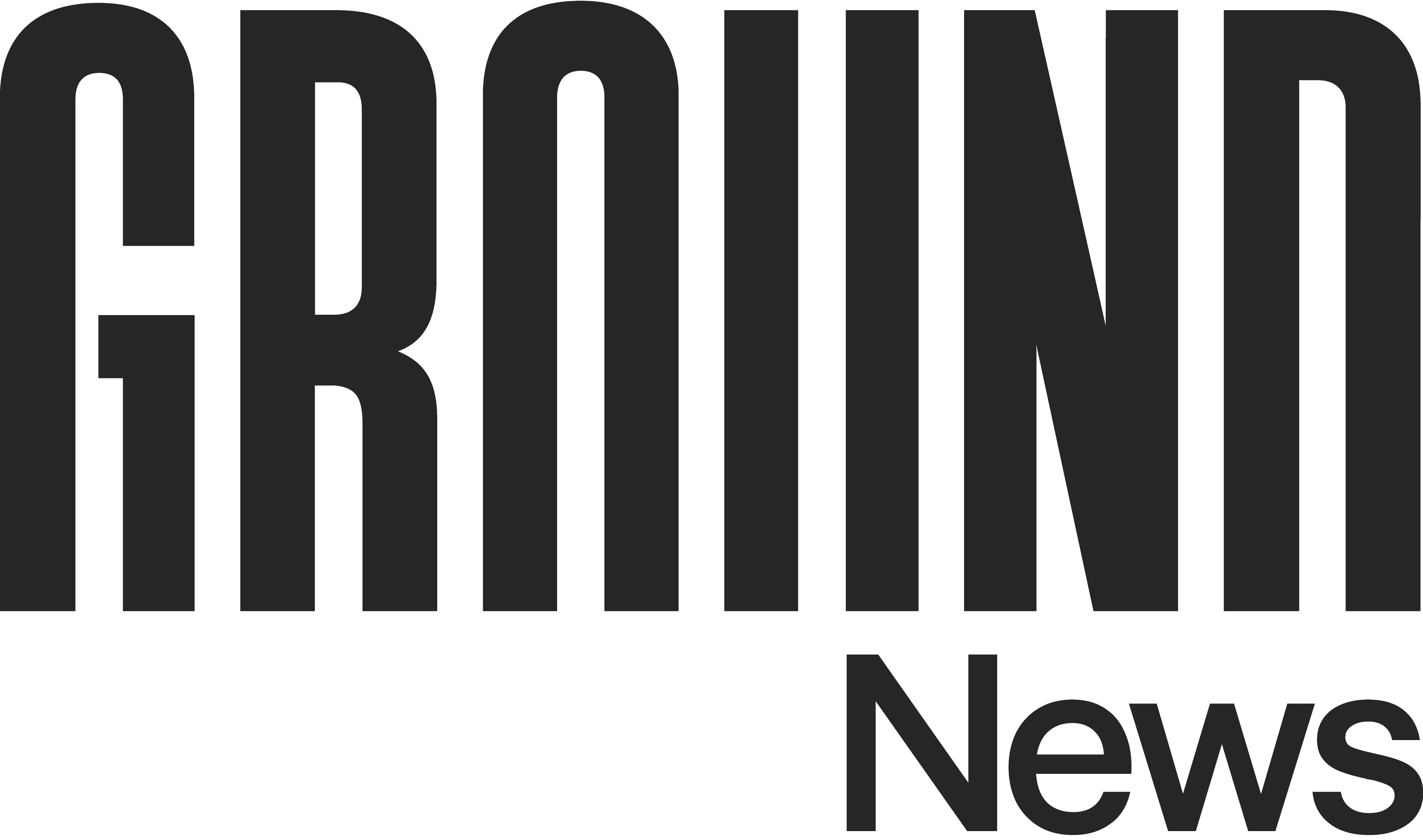
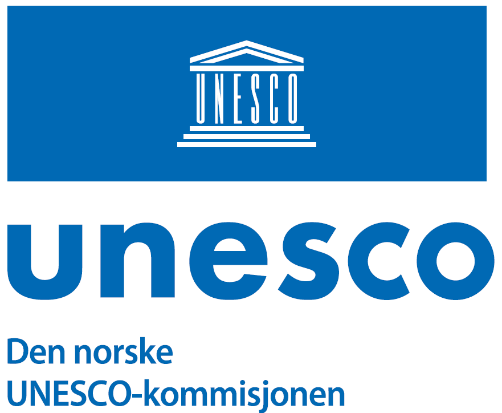
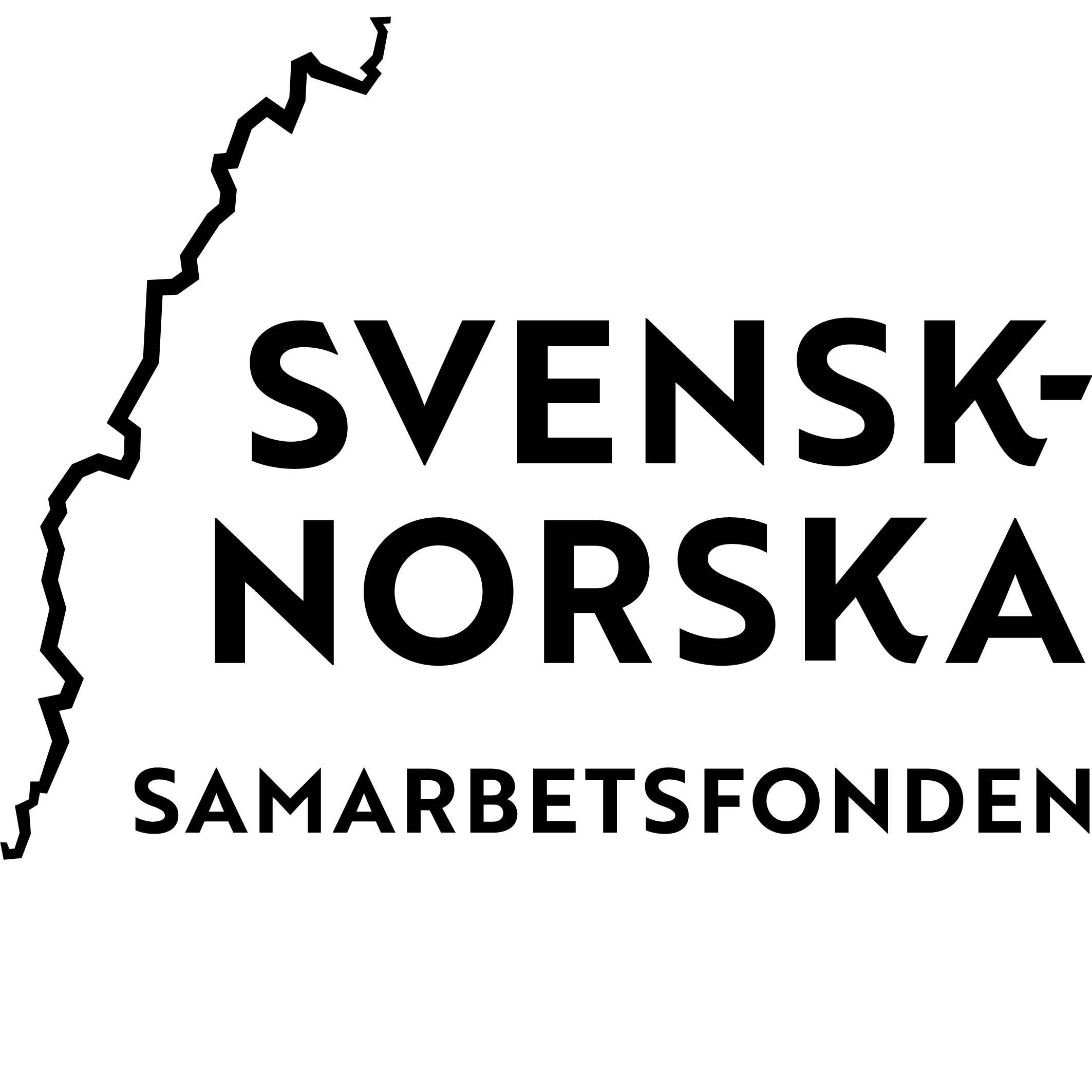
Share:
